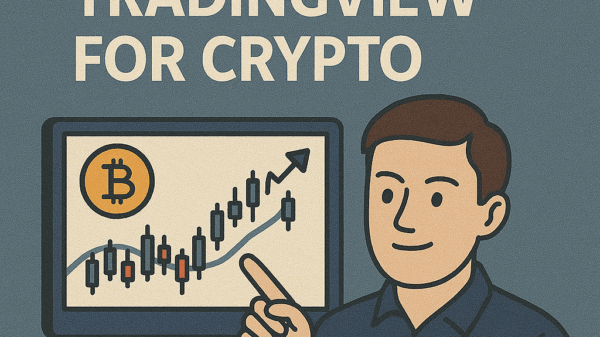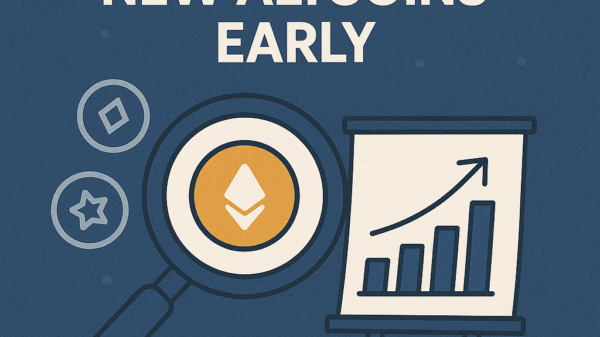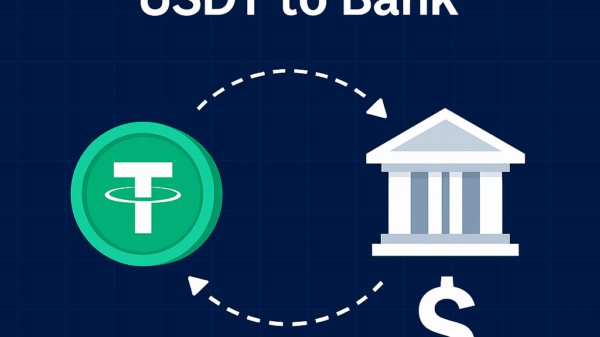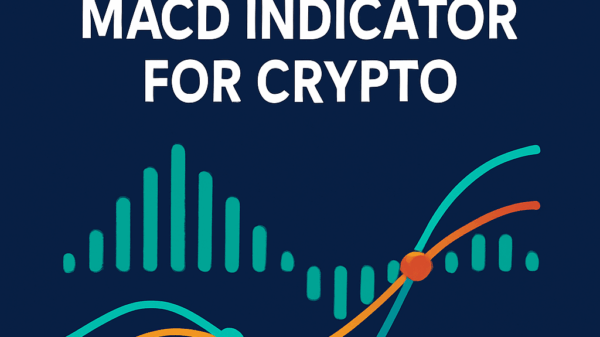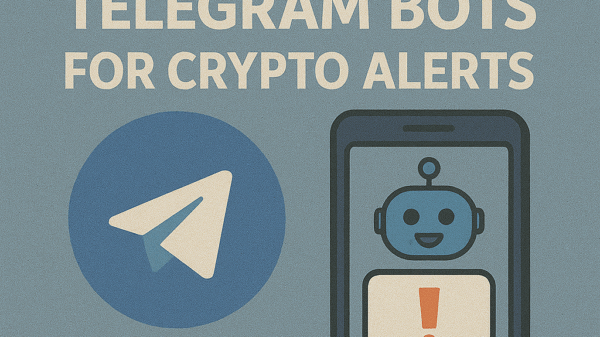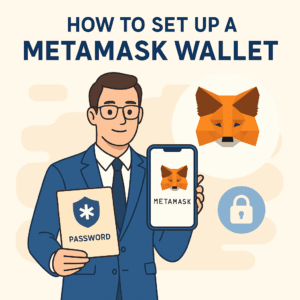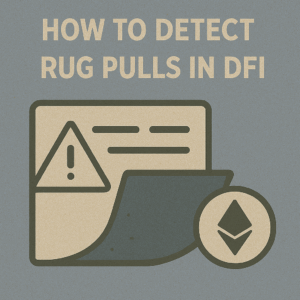How to Choose Your First Crypto Wallet
By Jason Miller – Crypto Writer 10.expert 🧠 Covering Bitcoin, altcoins, blockchain & Web3.
As a crypto writer and analyst, one of the most critical decisions you’ll make when stepping into the world of digital assets is choosing your first crypto wallet. This isn’t just a place to “store” your crypto; it’s your personal gateway to the blockchain, enabling you to send, receive, and interact with decentralized applications (dApps). Get this wrong, and you expose yourself to significant risks. Get it right, and you lay a solid foundation for a secure and successful crypto journey.
In 2025, the wallet landscape is more diverse and sophisticated than ever. From mobile apps that fit in your pocket to dedicated hardware devices, the options can be overwhelming. But understanding the fundamental types, their trade-offs, and your own needs will simplify the process.
Let’s dive into how to choose your first crypto wallet like a pro.
How to Choose Your First Crypto Wallet: Your Essential Gateway to Digital Assets 🔐🚀
Selecting the right crypto wallet is crucial for security and usability. Here’s a guide to making an informed choice for your first step into crypto.
Understand Custodial vs. Non-Custodial Wallets 🤔
- Custodial (Exchange Wallets): A third party (like a centralized exchange such as Coinbase or Binance) holds your private keys for you.
- Pros: Beginner-friendly, easy recovery if you lose your password, often integrated with trading features.
- Cons: You don’t truly “own” your crypto (not your keys, not your crypto). You rely on the exchange’s security, and your funds are vulnerable if the exchange is hacked or goes bankrupt (e.g., FTX).
- Non-Custodial (Self-Custody Wallets): You hold your own private keys (represented by a seed phrase). You are solely responsible for its security.
- Pros: True ownership of your assets, direct control, censorship-resistant.
- Cons: Higher responsibility; if you lose your seed phrase, your funds are gone forever.
Hot Wallets vs. Cold Wallets: The Security Spectrum 🔥❄️
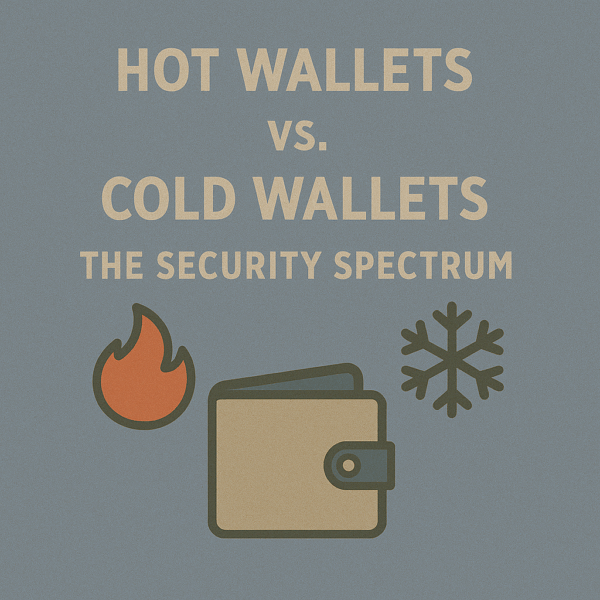
- Hot Wallets (Connected to Internet): Software-based wallets that are always online.
- Types: Mobile wallets, desktop wallets, browser extension wallets.
- Pros: Convenient for frequent transactions, interacting with dApps, often free.
- Cons: More vulnerable to online threats (malware, phishing, hacks).
- Cold Wallets (Offline Storage): Physical devices or methods that store your private keys offline.
- Types: Hardware wallets (e.g., Ledger, Trezor), paper wallets (less recommended for beginners).
- Pros: Highest level of security for long-term storage, immune to online hacks.
- Cons: Less convenient for frequent transactions, initial cost, risk of physical loss/damage.
Consider Your Primary Use Case 🎯
- Holding Long-Term (HODLing) Large Amounts: Prioritize security. A hardware wallet is the best choice.
- Frequent Trading/Spending Small Amounts: Prioritize convenience. A mobile wallet or browser extension wallet is suitable.
- Interacting with DeFi/NFTs/dApps: A browser extension wallet (like MetaMask or Phantom) is usually required.
Check Supported Cryptocurrencies & Networks ⛓️
- Multi-Currency Support: Does the wallet support the specific cryptocurrencies you plan to hold (Bitcoin, Ethereum, Solana, etc.)?
- Multi-Chain Compatibility: Many modern non-custodial wallets support multiple blockchains (Ethereum, BNB Smart Chain, Polygon, Arbitrum, Optimism, Solana, etc.). This is essential if you plan to explore different ecosystems.
Ease of Use for Beginners 👶
- Intuitive Interface: For your first wallet, choose one with a clean, user-friendly interface that makes sending, receiving, and managing assets straightforward.
- Onboarding Process: Does it have clear instructions for setup, seed phrase backup, and basic operations?
- Recommendations for Beginners (2025):
- Custodial: Coinbase, Binance (easy to buy crypto and store).
- Non-Custodial (Hot): Coinbase Wallet (non-custodial version), Trust Wallet, Exodus, MetaMask (for Ethereum & EVM chains).
- Non-Custodial (Cold): Ledger Nano X/S Plus, Trezor (for larger holdings).
Security Features (Beyond Hot/Cold) 🔐
- Strong Encryption: Ensure the wallet uses robust encryption for your private keys.
- Password/PIN Protection: Essential for local access.
- Biometric Authentication: Fingerprint or facial recognition for mobile wallets.
- Two-Factor Authentication (2FA): While more common for custodial exchange accounts, some non-custodial wallets integrate 2FA for specific features or recovery (e.g., Zengo).
- Open-Source Code: Allows the community to audit the code for vulnerabilities.
Seed Phrase Management (Crucial! Do NOT Skip!) ✍️
- Your Master Key: The 12 or 24-word seed phrase is the ONLY way to recover your non-custodial wallet if your device is lost or damaged.
- Offline Storage: Write it down physically (multiple copies) and store it in secure, secret locations (e.g., fireproof safe, safety deposit box). NEVER store it digitally (screenshot, cloud, email).
- Never Share: Never, ever share your seed phrase with anyone. Anyone who asks for it is a scammer.
DApp (Decentralized Application) Connectivity 🌐
- Web3 Integration: If you plan to use DeFi protocols, NFT marketplaces, or play blockchain games, choose a wallet with strong Web3 compatibility (e.g., MetaMask, Trust Wallet, Phantom). These wallets typically have built-in browsers or connect seamlessly to dApps.
Backup and Recovery Options ☁️
- Seed Phrase Recovery: Confirm the wallet clearly guides you through backing up your seed phrase during setup.
- Cloud Backup (Caution): Some wallets offer encrypted cloud backups. While convenient, this introduces a centralized point of failure. Understand the risks before enabling it.
Reputation and Reviews ⭐
- Community Trust: Look for wallets with a long track record, positive community reviews, and a strong reputation for security and reliability.
- Security Audits: Has the wallet software or hardware undergone independent security audits?
Cost Considerations 💸
- Software Wallets: Most mobile, desktop, and browser extension wallets are free to download and use (you only pay network transaction fees).
- Hardware Wallets: Involve an upfront cost (typically $50 – $200+) but offer superior security.
Customer Support (for Custodial Wallets) 📞
- Responsiveness: If you opt for a custodial wallet, assess the quality and responsiveness of their customer support. This is crucial if you encounter issues with your account or transactions. For non-custodial wallets, customer support is minimal as you are your own bank.
Integration with Other Services 🔗
- Built-in Swaps/Exchanges: Some wallets offer integrated swap functionalities (e.g., Exodus, MetaMask Swaps), allowing you to exchange crypto directly within the wallet. Be aware of the fees involved.
- NFT Display: If you’re into NFTs, choose a wallet that has a good NFT gallery and display features.
Mobile vs. Desktop vs. Browser Extension 💻📱
- Mobile Wallets: Great for on-the-go access and convenience, but your phone could be lost or stolen.
- Desktop Wallets: Installed on your computer, generally more secure than web wallets if your computer is clean, but less portable.
- Browser Extensions: Convenient for dApp interaction but are always online and can be vulnerable to malicious websites. Many popular wallets offer all three formats.
Start Small, Learn, Then Scale Up 🌱
- Practice with Small Amounts: Don’t put all your life savings into your first wallet immediately. Start with a small, manageable amount of crypto to get comfortable with sending, receiving, and understanding the process.
- Learn Security Best Practices: Continuously educate yourself on crypto security (phishing, malware, social engineering).
- Upgrade as Needed: As your crypto holdings grow, or your needs become more complex (e.g., active DeFi participation), consider upgrading to a more secure solution like a hardware wallet.
Choosing your first crypto wallet is an important step. By carefully considering these factors, you can select a wallet that aligns with your specific needs, risk tolerance, and long-term crypto goals.

